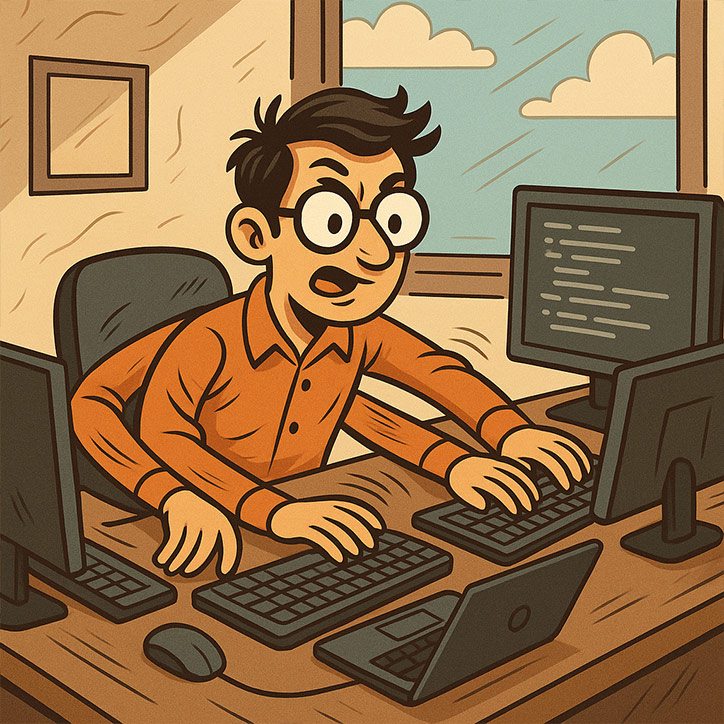In the world of product design, whether you’re a designer or a product manager, creativity and thoughtful design thinking lie at the heart of solving problems. With the emergence of AI, we now have a powerful tool that can supercharge the ideation phase—quickly generating a broad spectrum of ideas and possibilities.
But there’s a catch.
As helpful as AI can be in sparking ideas, it doesn’t replace the critical thinking and discipline required to deliver great work. Too often, junior team members—or even experienced ones under pressure—can default to accepting the first idea the AI offers. Without proper framing and evaluation, this can lead to shallow outcomes or missed opportunities.
The key is to treat AI like a brainstorming partner, not a decision-maker.
Here’s a simple, repeatable framework for making the most of AI without compromising on quality:
- Start with a strong brief – Clearly define your problem or opportunity. Good input leads to better AI output.
- Use AI to expand the field – Ask it to generate variations, opposites, or push ideas to extremes. Go wide first. I often ask AI what are the risk factors with any proposed solution. Then i ask is there anything else i should be considering.
- Critically filter the results – Evaluate each idea through your product lens: What aligns with the customer need? What’s viable, desirable, and feasible?
- Prototype and test – Don’t stop at ideas. Get them into a tangible form and validate them with real users or stakeholders. Im going to write a seperate blog post but now in large organisations such as Uber, Product managers are creating there own working prototypes to think through the issues. I use hidden sections of my own website to create working prototypes.
- Loop and refine – Use what you’ve learned to guide the next round of ideation, whether that’s more AI prompting or team collaboration. You need to keep the discipline of exporting and mapping critical thinking on a digital white board such as Miro. And walk other people through your process. by having to articulate the steps you have taken you will refine your thinking more clearly and you get feedback from a real human. BUT that said using the ChatGPT Voice feature and taking CHATGPT through your process as if they are a person in the room also generate some great results.
And don’t forget to include the “what ifs.” What if this idea didn’t exist? What if we had to solve the problem without technology? What would the wrong solution look like? Encouraging teams to interrogate the edges of their thinking helps avoid groupthink and deepens the creative process.
AI can enhance speed and breadth, but it’s human creativity—combined with a disciplined product process—that delivers meaningful, lovable solutions.



















